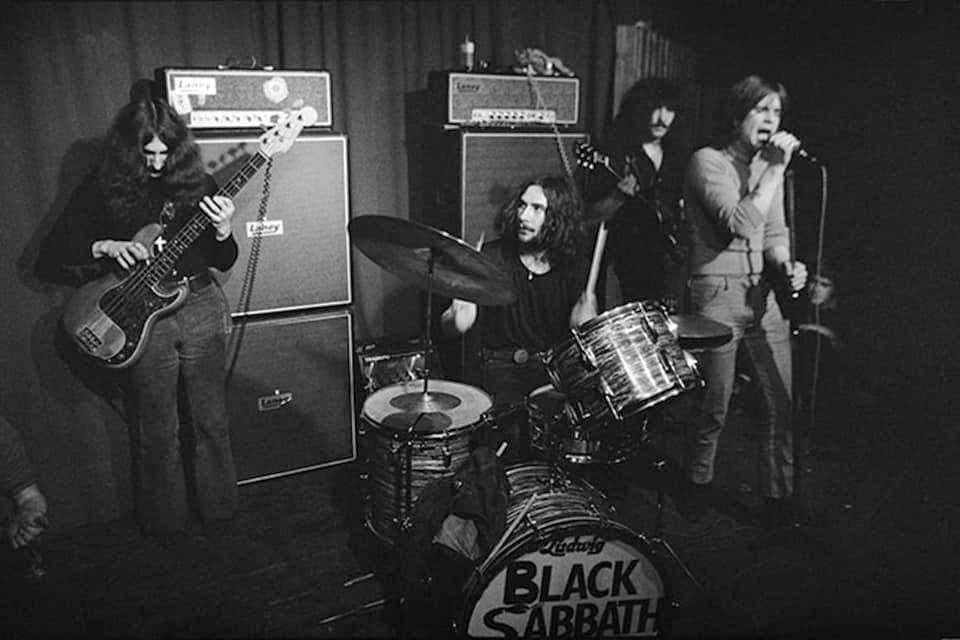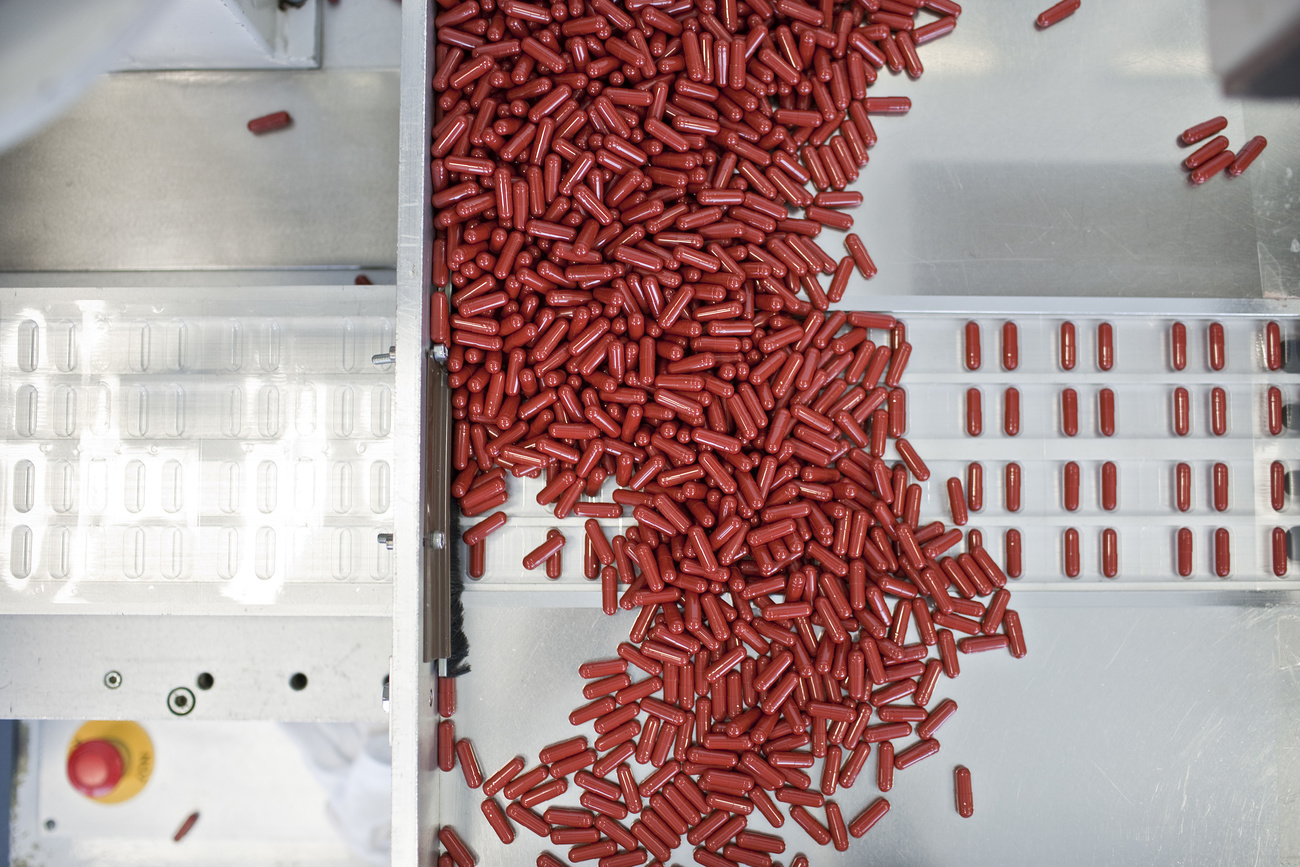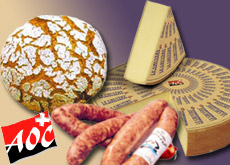
Swiss spice is worth its weight in gold

Cheese, milk and chocolate are the foodstuffs most closely associated with Switzerland. But Swiss saffron, grown exclusively in canton Valais, is fast making a name for itself.
Saffron from the village of Mund was the first Swiss spice to receive certification guaranteeing its origin and quality.
But the costly Swiss saffron almost never reaches the shops, since demand far outstrips supply.
The best way of tasting it is to head to the village where the aromatic spice is the key ingredient in a variety of specialities – ranging from rice dishes and bread to alcohol – served up in restaurants.
Death penalty
Saffron arrived in Mund a long time ago, probably brought back from Italy or Spain by pilgrims or mercenaries. Just when is not clear, but records show that the spice has been harvested in canton Valais since the 14th century.
Stories tell of mercenaries smuggling saffron plants into Switzerland under their hats. Death was often the penalty imposed on those who stole the plant from its homeland, countries including Iran, Turkey, Greece and Spain.
Saffron was grown in other areas of Switzerland, but gradually came to be produced only where conditions were dry and the soil poor. The plants are not afraid of the cold and don’t need fertiliser.
Today, Swiss saffron is only produced in Mund, where it almost died off in the 1970s. It was the parish priests who encouraged people to keep up the tradition.
Guild
A quarter of a century ago, the saffron guild was founded. “Twenty-two producers decided to get together in 1979,” said the guild’s president, Daniel Jeitziner.
Since then, the guild has been promoting the plant, to the extent that Mund saffron became the first Swiss spice to receive a Protected Designation of Origin certification guaranteeing its origin and quality.
In the past, many restaurants in Switzerland have served up dishes said to contain Mund’s speciality, but without the magic ingredient.
Now, thanks to the PDO, restaurants are banned from using the name without reason.
Rare and expensive
Saffron from Mund is rare and more expensive than gold. One gram costs SFr12 ($9.45) or more. “The price will probably go up to, since certification didn’t come cheap,” said Jeitziner.
The village’s treasure is stashed away at the moment. The flowers will not appear until autumn, when they will be harvested.
“It takes 120,000 flowers to produce one kilogram of saffron,” said Jeitziner. Entire families go out and harvest the precious flowers.
“If you wanted to make a living out of saffron, you would have to hire labourers, and it wouldn’t be worth it,” the guild president admitted. “That’s why it will only ever be considered as a side business.”
When the harvest is over, the fiddly work begins. Three small dark red stigmas containing the spice are extracted from the flower.
This is also a job for the whole family. “Everybody sits around the table together and has a good time too,” said Jeitziner.
Small quantities
In a good year, four kilograms of filaments are harvested. The guild hopes that one day the harvest will reach six kilos.
“Mund saffron is only sold as threads,” said Jeitziner. “Selling it any other way would entail some risk, such as people falsifying the product or adulterating the original.”
The Swiss saffron is recognised as being a top-of-the-range product. Its quality is a result of the way it is handled, says Jeitziner.
“We only use the red filaments from the flower,” he told swissinfo. “The yellow filaments from under the stigma are not collected.”
swissinfo, Urs Maurer
Saffron is an expensive spice, costing around SFr12 per gram for the Mund variety.
It takes 120,000 saffron flowers to produce one kilogram of spice.
Around four kilograms of saffron are produced in a good year in Mund.
Saffron is available both as threads and as powder.
Today, the biggest producing countries are Greece, Spain, Turkey, Iran, India, and Morocco.
The largest saffron importers are Germany, Italy, the United States, Switzerland, Britain, and France.
Mund in canton Valais is the only place in Switzerland where saffron is produced nowadays.

In compliance with the JTI standards
More: SWI swissinfo.ch certified by the Journalism Trust Initiative







































You can find an overview of ongoing debates with our journalists here . Please join us!
If you want to start a conversation about a topic raised in this article or want to report factual errors, email us at english@swissinfo.ch.